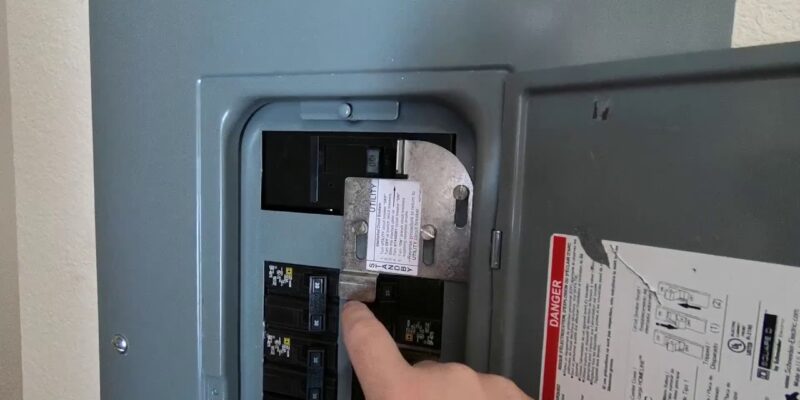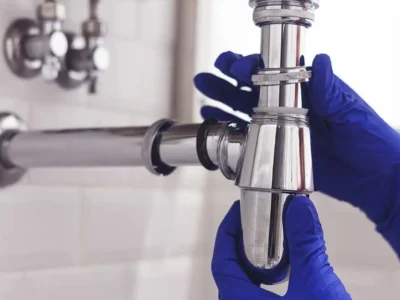The modern reliance on electricity makes a power outage more than just an inconvenience; it can disrupt daily life, compromise food safety, and even pose risks to essential home systems. In response, many homeowners have invested in portable generators to maintain critical power during blackouts. However, connecting a generator to a home’s electrical system, if done improperly, is fraught with serious dangers—not just for the homeowner, but for utility workers and the community. This is where the generator interlock kits emerge as a crucial, affordable, and elegantly simple device that dramatically improves home power safety, effectively transforming a portable generator into a reliable emergency backup system.
An interlock kit is a mechanical safety device installed inside the main electrical service panel. Its core function is to ensure that the main utility breaker and the dedicated generator inlet breaker cannot be in the “on” position at the same time. This mechanical lockout is the key to preventing the most catastrophic mistake a homeowner can make when using a generator: back feeding power into the utility grid. Understanding this simple mechanism is paramount to safely utilizing a portable generator as a reliable power source during an outage.
The Catastrophe of Back feeding
Back feeding is the process of sending power generated by a portable unit back through the home’s wiring and out onto the utility lines. When a power outage occurs, utility crews work under the assumption that the lines are de-energized, allowing them to safely perform repairs. If a homeowner connects a generator directly to a standard outlet or uses a makeshift wiring solution, that generator’s power can travel through the transformer and energize the grid.
The resulting voltage can be lethal to utility workers or neighbors, turning a downed power line into an active, high-voltage conductor. This is why back feeding is illegal and incredibly dangerous, earning the nickname “the silent killer” in the utility industry. The interlock kit is the guaranteed, foolproof solution to eliminate this hazard. It physically prevents the simultaneous engagement of the two power sources, creating a mechanical barrier that ensures safety protocols are never violated.
How the Interlock Kit Works: Mechanical Simplicity
The interlock kit is designed for installation by a qualified electrician and works based on a principle of mechanical physics. It consists of a sliding metal plate or a set of interlocking components attached to the main breaker panel cover.
The installation involves adding a separate generator inlet breaker to the panel, which receives power from the external generator inlet box via a heavy-duty power cord. The interlock device is then mounted on the panel cover, positioned directly over the main utility breaker and the generator breaker. The plate is sized and shaped so that when the main utility breaker is moved to the “off” position, the plate slides into a position that physically allows the generator breaker to be moved to the “on” position. Conversely, once the generator breaker is on, the plate slides to block the main utility breaker from ever being switched back on. This ensures that the house is always isolated from the utility grid when drawing power from the generator. This mechanical simplicity is its greatest strength, as it removes the risk of human error in an emergency situation.
Conclusion: A Foundation of Safety and Compliance
The generator interlock kit is a vital component in modern home power management. It is a deceptively simple device that performs a profoundly important safety function: preventing the illegal and potentially lethal back feeding of generator power onto the utility grid. By providing an unyielding mechanical barrier between the two power sources, it protects utility workers, safeguards neighbors, and allows the homeowner to utilize a portable generator with confidence. For any homeowner relying on a portable generator for emergency power, the installation of a certified interlock kit by a professional electrician is not merely a recommendation—it is the foundation of a safe, compliant, and reliable emergency power strategy.













Comments